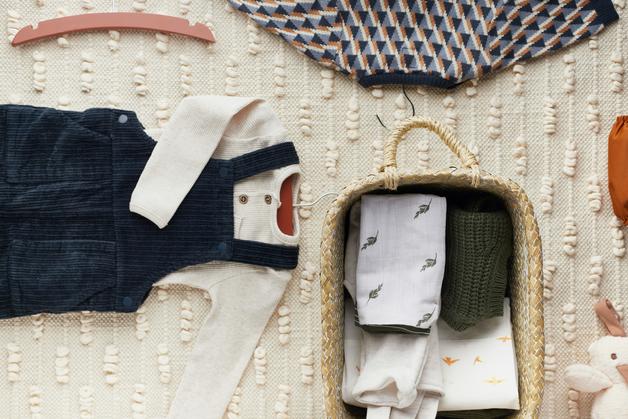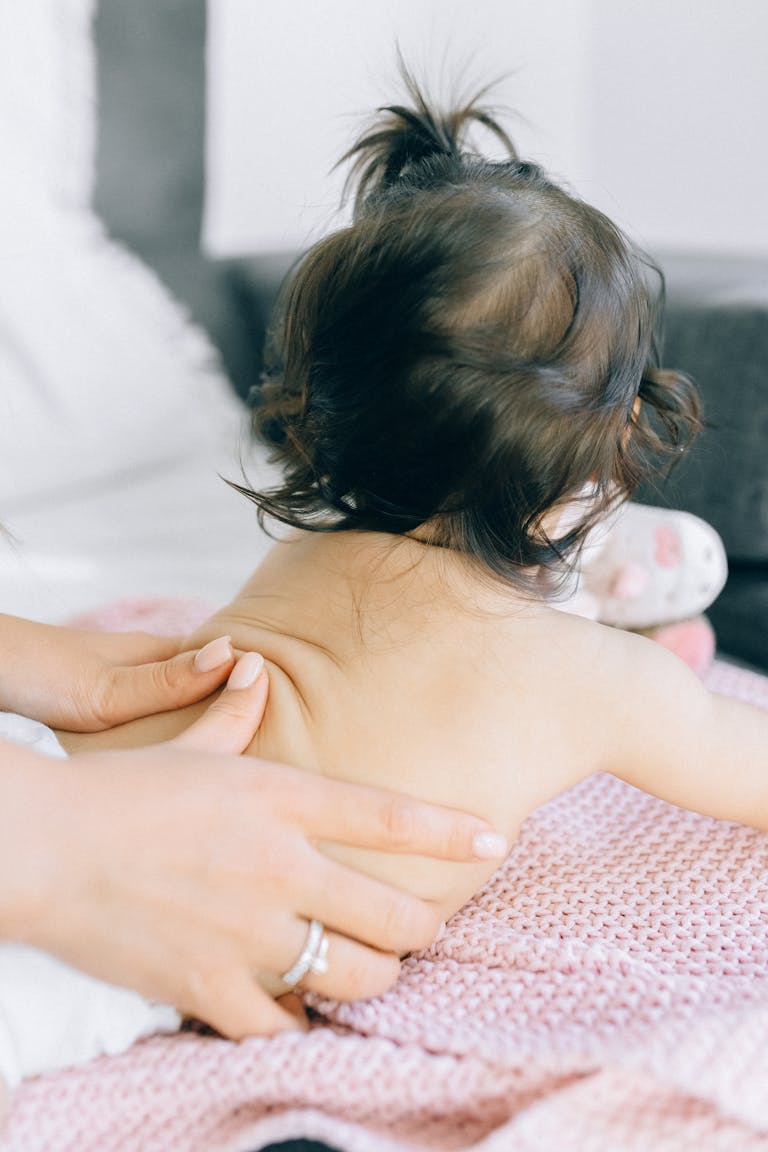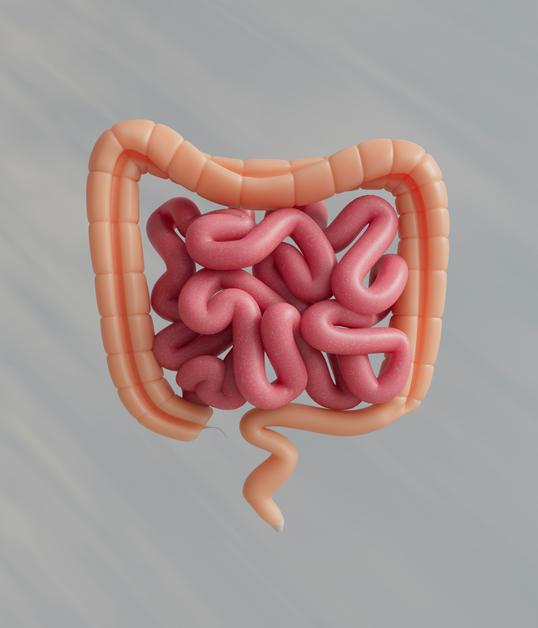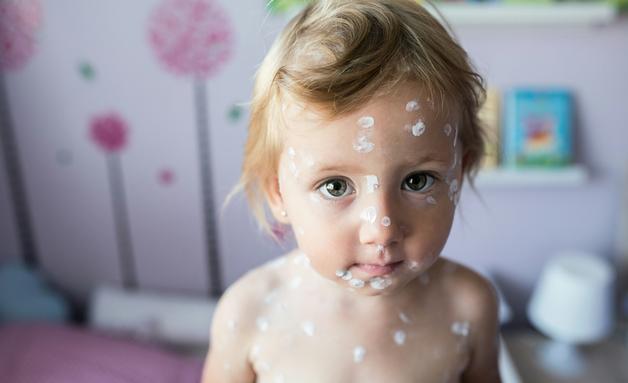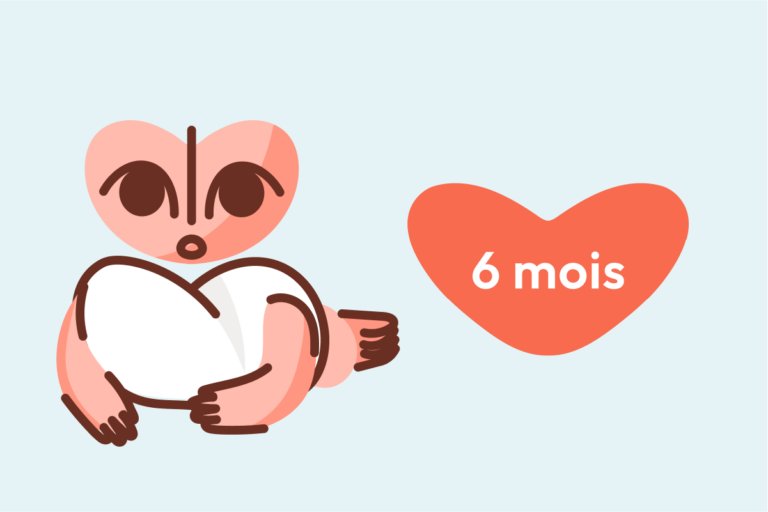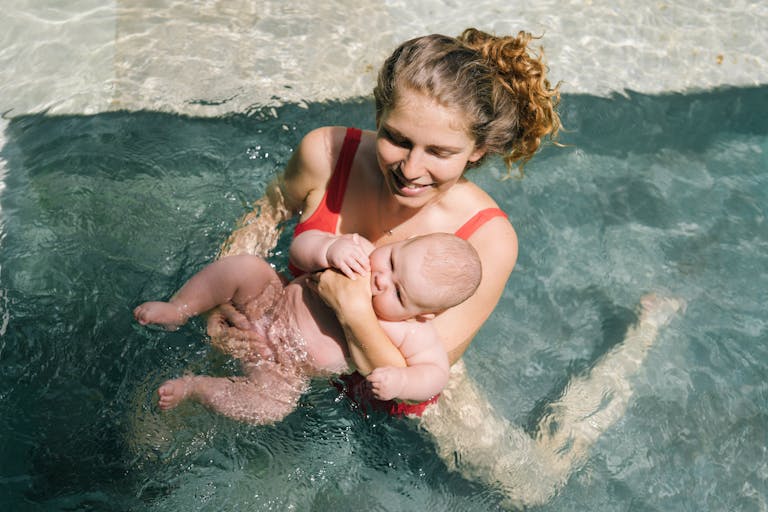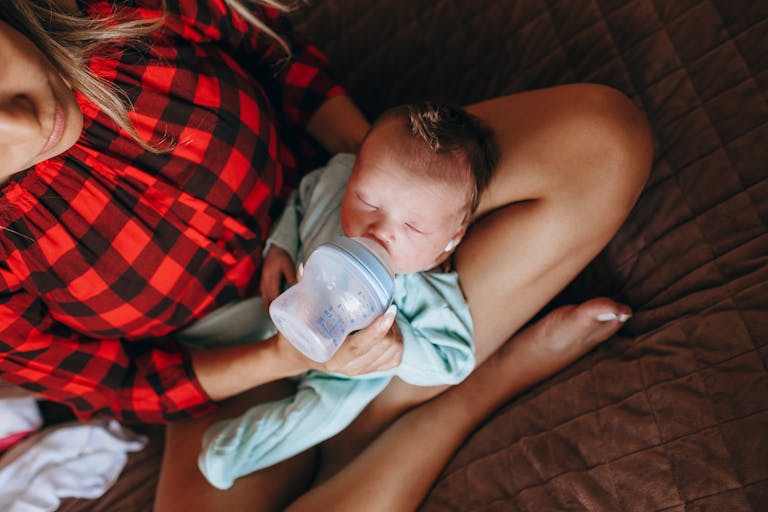Sleepless nights, shifting temperatures, and the endless guessing game—does my little one feel too cold, or a tad too hot? Dressing baby at night triggers a whirlwind of confusion for parents—an unending loop of hesitation standing at the cot, hand poised above a tiny chest, feeling for something—dryness, warmth… comfort, perhaps? With the fragile sleep patterns of a newborn, the constant anxiety over sudden chills or subtle overheating, it’s no wonder parents worry. Yet, every parent aspires to that simple, soothing feeling—a peacefully sleeping baby, secure in their pyjamas, nuzzled down in a properly prepared crib. But what brings that reassurance home? A subtle interplay of room temperature, breathable layers, and a vigilant eye for your baby’s cues. This journey through dressing baby at night aims to unravel best practices for sleep safety, optimal fabric selection, precise temperature tuning, and guidance for all seasons—empowering parents to respond with confidence, not guesswork.
Dressing baby at night: protecting sleep and nurturing health
The nightly ritual of dressing baby at night is more than a matter of pyjama fashion—it’s a safeguard for sleep quality, hormonal balance, and even security against the spectre of Sudden Infant Death Syndrome (SIDS). Imagine a tiny organism: in the first months of life, your baby’s internal thermostat (the hypothalamus-centred thermoregulation system) is still gently finding its rhythm. Babies, unlike adults, lose heat rapidly and cannot shiver efficiently to generate warmth. Overdressing—though done with loving intent—may inadvertently block heat release, resulting in a rise in core body temperature, which scientific research links to an increased SIDS risk.
So, how to strike the right balance? Science points directly at the TOG rating (a measure of thermal insulation), simple, lightweight fabrics like pure cotton, and vigilant avoidance of anything loose or decorative—no hats, no ribbons, no rogue buttons. Instead, sleepwear must hug the body without restriction, and innovative touches such as easy-zipping jumpsuits allow for stealthy midnight diaper changes without a full wardrobe overhaul. Parents, never underestimate the restorative magic of soft, well-fitted cotton pyjamas combined with a smartly rated sleep sack—these modest items support both restful sleep and unbroken safety.
Decoding your baby’s thermal language: subtle clues and practical science
Babies embody paradox—tiny yet mighty, sensitive yet unpredictable. How do you know your infant’s not stewing under the covers, or silently shivering in the draft? The secret: abandon the myth of chilly hands and feet as diagnostic tools. Medical literature highlights that peripheral coldness is common, especially in infants under three months: their peripheral circulation simply isn’t keeping pace with the rest of the body. Instead, gently check the base of the neck or upper back. Warm and dry? All is well. Slightly damp or flushed? Danger of overheating—remove a layer. Cool to the touch? Time to add one more, always with breathable material.
A room temperature between 68–72°F (20–22°C) becomes the non-negotiable gold standard—this range strikes a fine balance between supporting baby’s sleep-cycle hormones (especially melatonin) and averting risk. A well-calibrated nursery thermometer and a consistent approach are your best allies.
Smart layering and practical fabric choices
The science of layering for dressing baby at night
Why do paediatricians endorse “one more light layer than an adult would wear”? Infants aren’t just small adults; their larger skin-to-body ratio means rapid heat loss, especially during deep sleep stages when metabolism drops. Here, layering isn’t about piling on as much as possible—it’s about flexibility, ease of adjustment, and efficient moisture control.
- Base layer: Soft, breathable onesie for wicking away sweat and limiting irritation.
- Middle layer: Lightweight cotton pyjamas, or a one-piece sleepsuit.
- Outer layer: Sleep sack, optimally with a TOG rating suitable to room temperature and season.
Materials matter immensely—cotton reigns supreme for its hypoallergenic, moisture-absorbing traits, but bamboo viscose presents an excellent alternative: naturally antimicrobial and cooling. If you’re tempted by synthetic blends, beware—their low breathability and tendency to trap dampness can cause breakouts or discomfort.
Different temperatures, different strategies
Imagine humid monsoon nights—here, a short-sleeved bodysuit or simply a diaper with a 0.5 TOG sleep sack suffices. Come winter, when rooms dip below 64°F (18°C), add a thicker fleece sleeper plus a high TOG sleep sack. Footed pyjamas cover chilly toes, but avoid layering socks that could become loose. Spring and autumn signal flexibility—long-sleeved onesie, adaptable sleep sack, and a backup light cardigan for sudden dips.
Reassessing throughout the night: observing, adapting, and supporting development
Night is dynamic—temperatures fall, sometimes rise, and your baby’s needs shift. Have you noticed sweaty curls at the base of the neck, or a face flushed a deep pink? Remove a layer, quick—but gently. On especially brisk nights, a light layer added at 2am can make all the difference. As your child grows, new habits arise: rolling babies outgrow swaddles, now requiring a properly fitted sleep sack that gives free arm movement without loose bedding.
When fever strikes, resist the urge for extra layers—medical guidelines advise that a lightly dressed baby in a cool, ventilated room avoids unnecessary spikes in temperature. Breathable cotton remains essential.
Creating a safe and nurturing nursery environment
Dressing baby at night is only part of the sleep equation. The physical environment—think air circulation, surface firmness, and humidity—is equally influential. Blackout curtains, regular airing, and moderate humidity (not too dry, never clammy) all reduce the likelihood of disrupted sleep cycles. Never place the crib near open windows or directly above a heat source; sudden drafts or excessive warmth quickly unbalance a carefully calibrated microclimate.
- Firm mattress—no soft toppers or loose bedding.
- Fitted sheet—nothing loose, nothing bunched.
- Waterproof layer—protects from leaks without bulk.
Anything extra—a cushion, a cuddly toy, a tiny hat—becomes at best unnecessary, at worst, a safety risk.
Swaddles, sleep sacks, and the elusive blanket: international evidence and practical tips
Swaddling, when practised for infants under four months, can improve sleep by reducing the startle reflex. The safety caveats are clear: always use a breathable, snug cloth; avoid compressing the hips; and never swaddle if your baby shows first signs of rolling. Once active shifting begins, conventional wisdom and paediatric evidence recommend abandoning swaddles for a sleep sack—one with no weighted padding, designed for breathability and a secure, yet non-restrictive, fit.
Blankets—how tempting, how risky! The consensus: no loose blankets before your child’s first birthday, and even then, opt for a lightweight sheet secured under the mattress, never above the mid-chest.
Avoiding pitfalls: accessories, decorations, and nighttime clothing hazards
Beware the allure of tiny bows, decorative appliqués, and sparkly trims—these can irritate or detach, posing choking hazards or entanglement risks. Trust simplicity. Clothing for dressing baby at night is best when streamlined and soft, with fastenings that are secure and easily opened (zippers, poppers), allowing for swift, silent changes under dim nursery light. Minimise changes during the night, but do keep a backup set close—inevitable leaks and midnight feeds make this a tiny gesture with outsized impact on your own rest.
Key Takeaways
- Dressing baby at night is a fine balance between warmth, breathability, and agile response to your child’s evolving needs. Layer wisely—prefer cotton or bamboo, and choose TOG-rated sleep sacks over blankets in the first year.
- Room temperature matters—stick to 68–72°F (20–22°C) where possible, and trust the warmth and dryness at the baby’s neck as your best sign of comfort.
- Avoid hats, scarves, or anything loose and decorative while sleeping.
- Adapt as your child grows or as seasonal changes and illnesses come. Stop swaddling when rolling begins and rely on wearable sleep sacks for continued safety.
- Set up the nursery for success: firm mattress, fitted sheet, moderate humidity, and avoid direct drafts or heat sources.
- Quick checks, flexible response, and attention to medical guidance nurture both safety and restorative, deep sleep for your child.
- For parents looking for tailored advice and scientifically validated checklists, download the application Heloa for free paediatric guidance and health questionnaires.
Questions Parents Ask
How can I dress my baby at night when the temperature changes throughout the night?
The unpredictability of temperature fluctuations can leave anyone unsure. Choose a light cotton bodysuit as a base—layer up with a suitable sleep sack or pyjamas. If you’re concerned the night might turn especially cool, keep a light cardigan or a mid-weight sleep sack at hand. If you feel the nape of your baby’s neck is too warm or sticky, remove a layer; if the skin feels a little cool, simply add. It’s quite natural, in fact advisable, to adjust clothing during the night as needed.
What should I do if I need to change my baby’s clothes during the night?
Midnight leaks and unexpected spit-ups happen more often than one imagines. To keep the disruption minimal, outfit your little one in pajamas with zippers or poppers—this means less fumbling, more sleep for everyone. Place a spare outfit within reach, keep the lights dim, and your voice soft—these small gestures help your baby, and you, settle back quickly. Patience and gentle hands are invaluable tools at these hours.
Is it safe to use clothing with decorations or embellishments for my baby at night?
Medical and safety advice speaks unequivocally: skip embellishments like ribbons, sequins, or decorative buttons during sleep. Not only might these irritate delicate skin, they could come loose and cause hazards in the crib. Stick to soft, basic pieces—cotton or bamboo with smooth seams. There are plenty of adorable sleepwear options that marry safety, comfort, and a touch of playfulness.
What if my baby’s hands and feet feel cold during the night?
Do not worry if tiny fingers and toes feel cool—this is often a normal finding, related to developing circulation. The most reliable place to check for warmth is the back of the neck or chest. As long as these areas are warm and dry, your baby is likely comfortable. Only add an extra layer if the core feels cool, rather than relying on extremity temperature alone.
Are sleep sacks really safer than blankets for dressing baby at night?
Wearable blankets or sleep sacks provide consistent warmth without the SIDS risk posed by loose bedding. Unlike blankets that can creep over the face or bundle up, sleep sacks stay in place, maintaining temperature and safety. Always select the right size and TOG rating for your room’s temperature.
For ongoing support and more personalised advice, the application Heloa offers free tools and professional resources, helping parents translate science into nightly reassurance.
Further reading:

